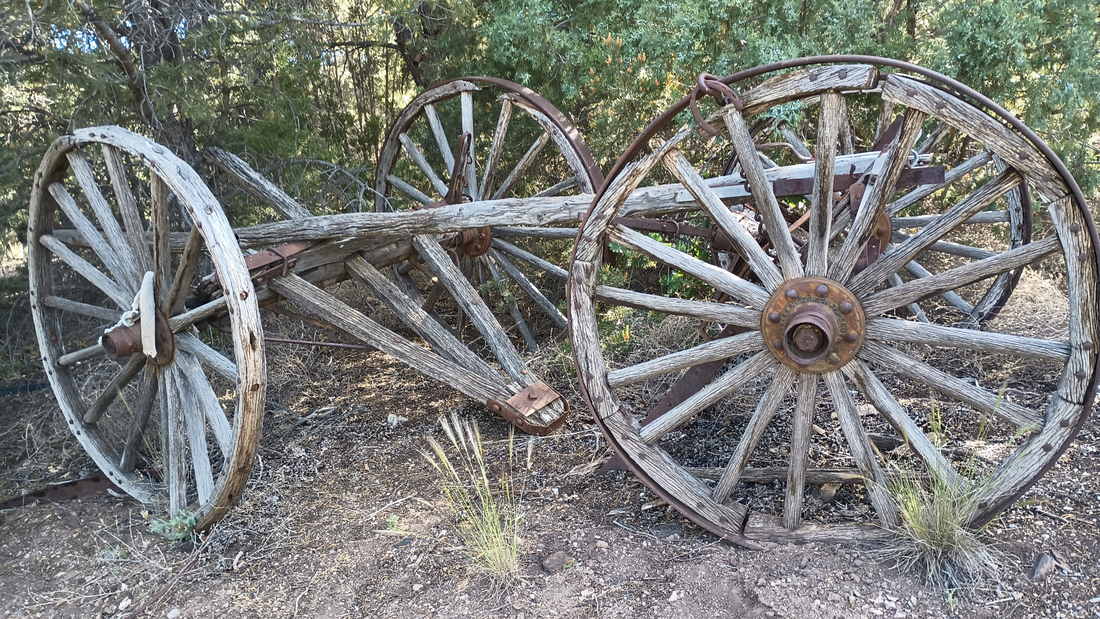
The fact that this tree is still crossing my trail got me thinking, and those thoughts are going to turn into this rant, for which I apologize in advance.
 Luis Gonzales in Primera Agua, near Tijeras. Courtesy of East Mountain Historical Society archives.
Luis Gonzales in Primera Agua, near Tijeras. Courtesy of East Mountain Historical Society archives. 


